The “I Am” statements of Jesus
In this Easter season, the “I Am” statements of Jesus call us to be disciples who listen, love, and follow
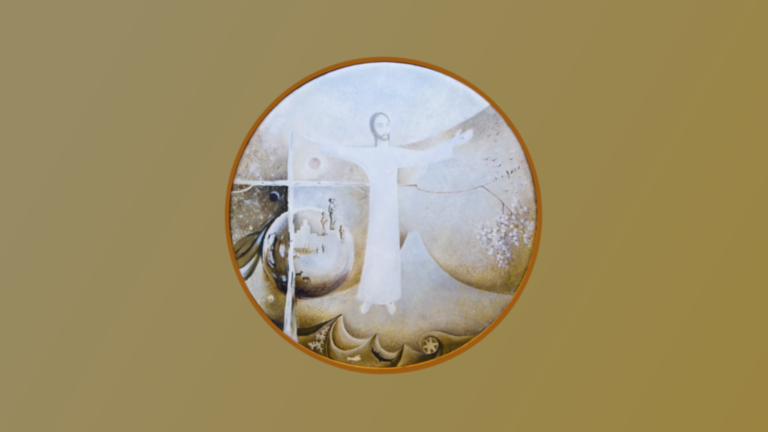
The Gospel of John, with its intimate and transcendent language, illuminates this Easter season like a beacon guiding us to the Heart of the Risen One. It is the Gospel, the very memory of the “beloved disciple” (Jn 13:23), a figure inviting us to lean our heads on Jesus, not as spectators, but as friends who “remain” (Jn 15:4) in his Word.
At the dawn of the Resurrection, while Mary Magdalene weeps at the empty tomb, the Master breaks the silence with questions that still echo today: Why are you weeping? Whom are you looking for? (Jn 20:15). Today, amid uncertainties and overwhelming realities, his voice resounds just as clearly: Go and announce! In Galilee—in the peripheries—you will see me! (cf. Jn 20:17). It is Easter: death has been defeated, and the Gospel of John urges us never to forget.
The “I Am” statements: seven declarations that reveal Jesus’ identity and mission, echoing the burning bush (“I Am Who I Am,” Ex 3:14). These are ways the Johannine community remembered Jesus, his mission, divinity, and closeness.
1. "I am the bread of life" (John 6:35, 48)
Jesus makes this declaration after feeding the five thousand (John 6:1–15), when the crowd seeks him for more physical food. In Capernaum, he teaches in the synagogue, comparing himself to the manna from the Exodus, but as the ‘living bread’ that gives eternal life. Many disciples leave because of the hard teaching about eating his flesh and drinking his blood (John 6:51–66), prefiguring the Eucharist.
In a world where people seek fulfillment in consumerism, success, or ideologies, Jesus remains the only one who can satisfy our spiritual hunger. This “I Am” calls us to rediscover the Eucharist as a source of life and to share the joy of the Gospel as nourishment for a world hungry for meaning. If we truly believe Jesus is the bread of life, his words will not leave us indifferent—we will be called to live generously, sharing material and spiritual resources with those in need.
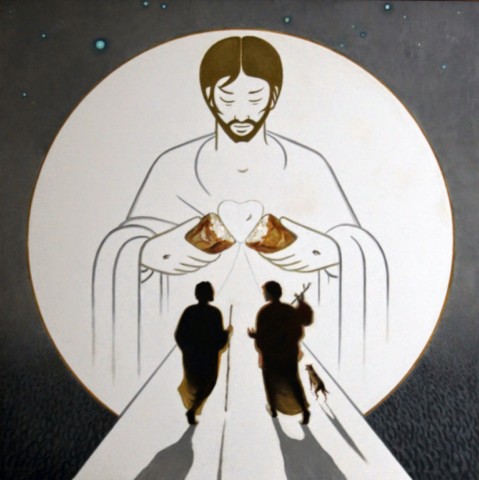
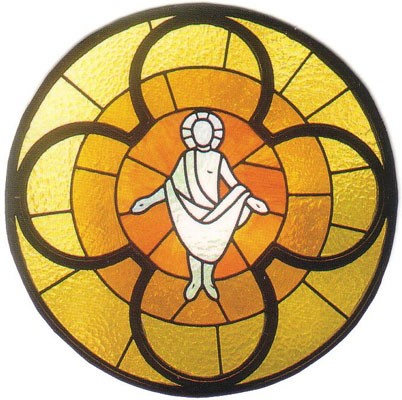
2. "I am the light of the world" (John 8:12; 9:5)
Jesus speaks during the Feast of Tabernacles, when great lamps were lit in the Temple to recall the pillar of fire that guided Israel in the desert. He declares himself the Light that enlightens every person, contrasting with the darkness of sin and disbelief.
We, missionary disciples, must reflect this light by bringing the truth of the Gospel to a darkened world. Later, in John 9:5, Jesus reaffirms this before healing the man born blind, showing his love in giving both physical and spiritual light, challenging the spiritual blindness of religious leaders.
This “I Am” challenges us to:
• Be witnesses of truth in current ethical debates—politics, social justice, ecology, artificial intelligence, etc.
• Illuminate with love and clarity, not confrontation, bringing hope to the marginalized and forgotten.
3. "I am the gate for the sheep" (John 10:7, 9)
Jesus is the only way to salvation and abundant life, contrasting with false leaders (“thieves”). Through Him, as the Gate, we enter true life and embrace a good and merciful God who never tires of forgiving.
In a world where ideologies, gurus, or systems promise salvation (personal well-being, technological utopias), Jesus remains the only path to fullness. We must remember that He is the Gate, and the Church must not block access to anyone seeking Him. “Everyone, everyone, everyone” is invited to walk with Him.
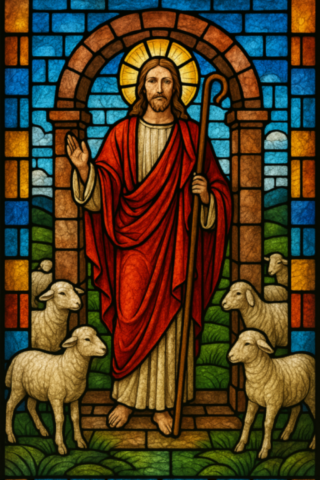
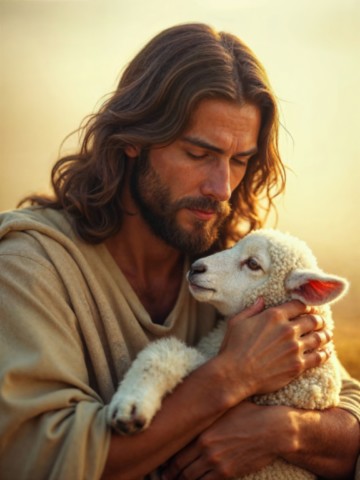
4. "I am the good shepherd" (John 10:11, 14)
In line with the prophets, Jesus presents himself as the Good Shepherd who cares for, protects, and lays down his life for the sheep, knowing them intimately—unlike a hired hand who abandons them. A Shepherd who stands in the face of danger—even sorrow, prison, suffering, and death—so that none of his beloved sheep are lost.
The Church, a community of missionary disciples, must imitate Jesus:
• By caring for others with loving service.
• By guiding them toward Him, seeking out the “lost sheep” and bringing them back to green pastures of life.
5. "I am the resurrection and the life" (John 11:25)
In a world marked by losses due to natural disasters, war, and scandalous poverty—where many fear death or try to avoid it at all costs—Jesus offers hope in the resurrection. He challenges us to “resurrect” broken lives, helping those trapped in despair or poverty. To be like broken bread, formed from crushed and kneaded grains—taken, blessed, broken, and shared—to give life. Just as Jesus gives us life continually, breathing his Spirit that sends us forth on mission.
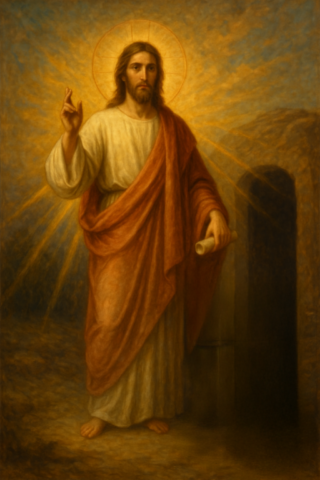
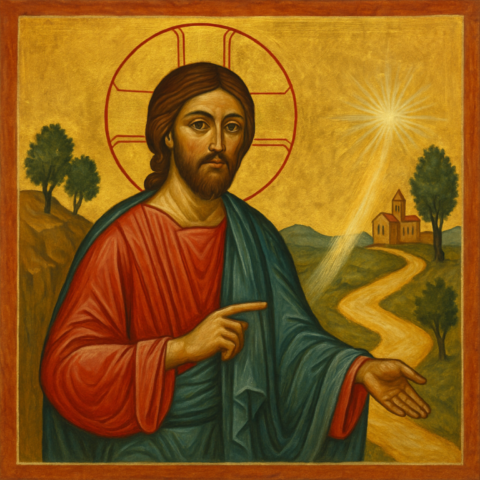
6. "I am the way, the truth, and the life" (John 14:6)
7. "I am the true vine" (John 15:1, 5)
“My command is this: love one another,” says Jesus. This love is measured in sacrifice for the other, obedience, mission, commitment, and fidelity. Even when human failures occur and knees tremble, we must be faithful to that love.
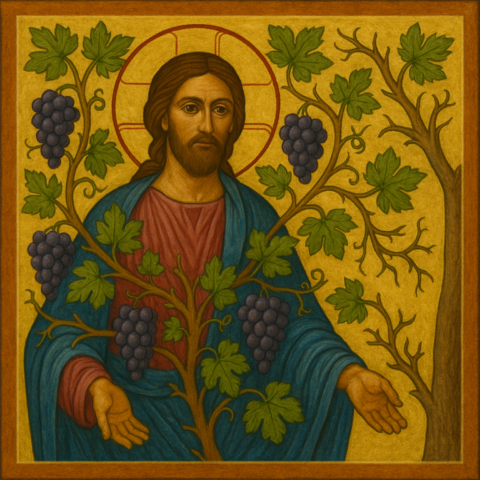

These “I Am” statements not only reveal Christ—they define our mission:
• To proclaim that He answers hunger, darkness, and fear.
• To live as reflections of His love in a fragmented world.
• To depend on Him as the vine that gives life.
And you?
- Which of these “I Am” statements resonates most in your life as a missionary disciple?
- How is Jesus challenging you today to leave your own “Galilee” and announce hope in the peripheries?


